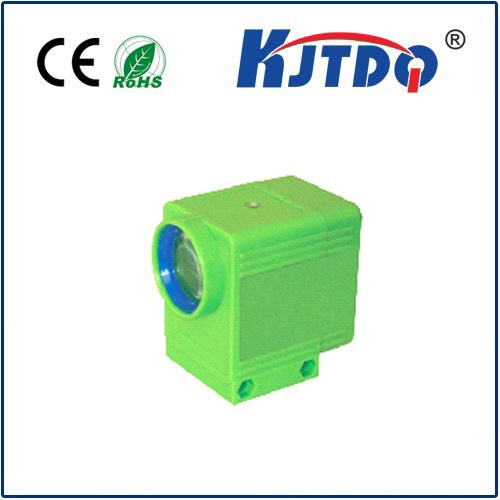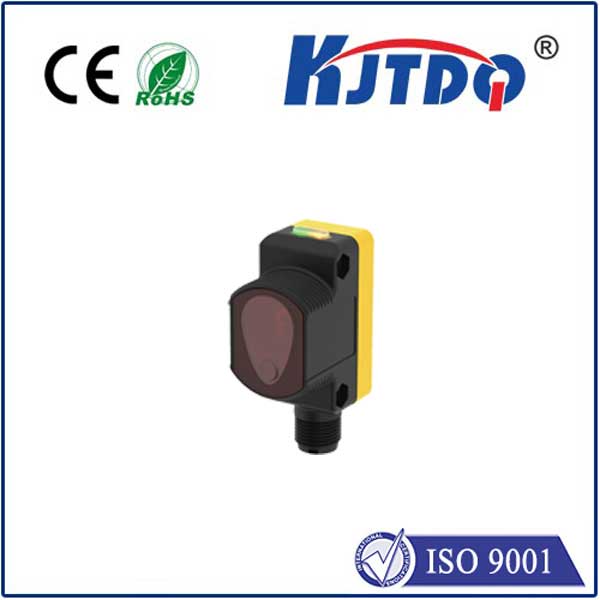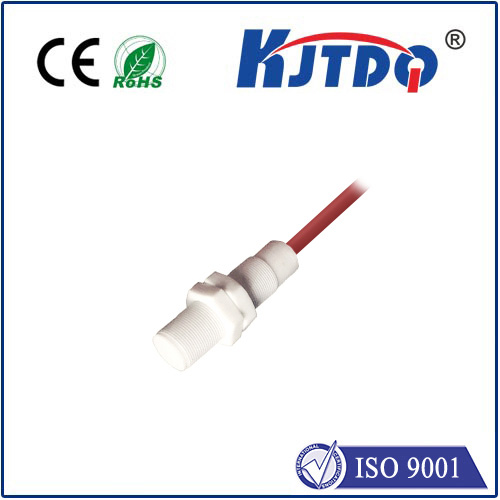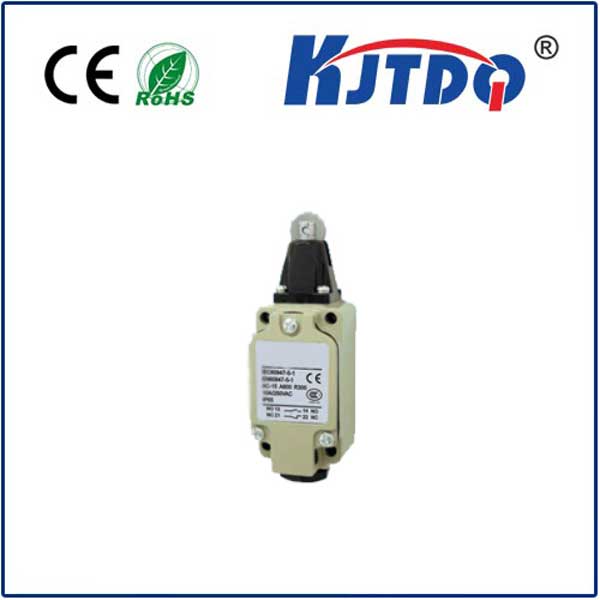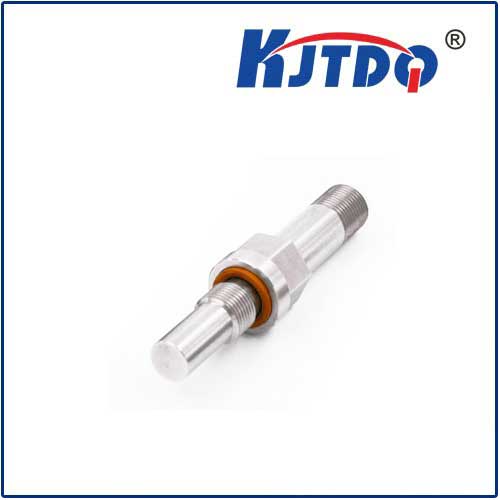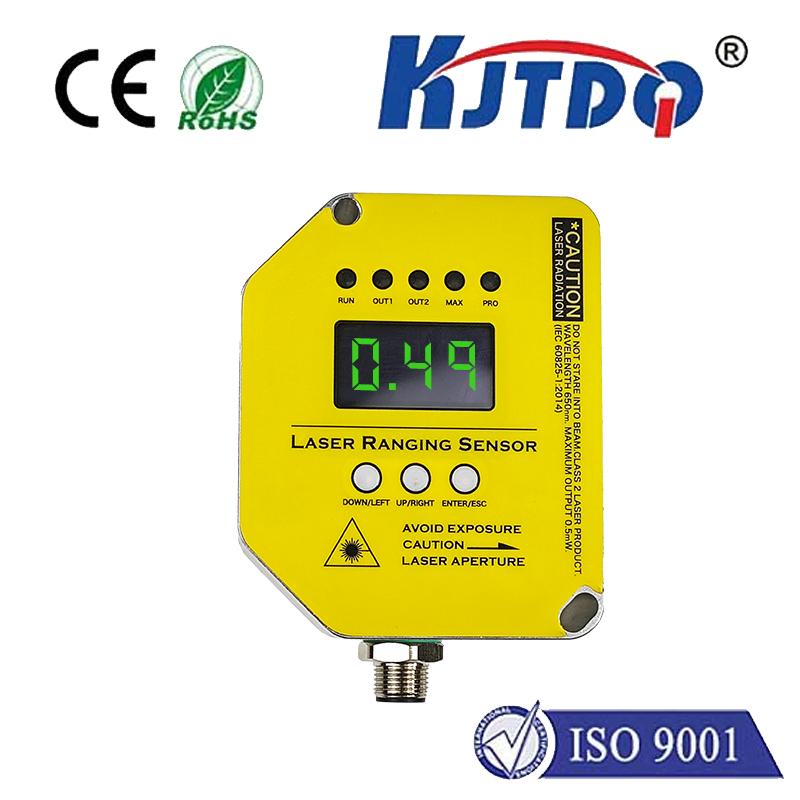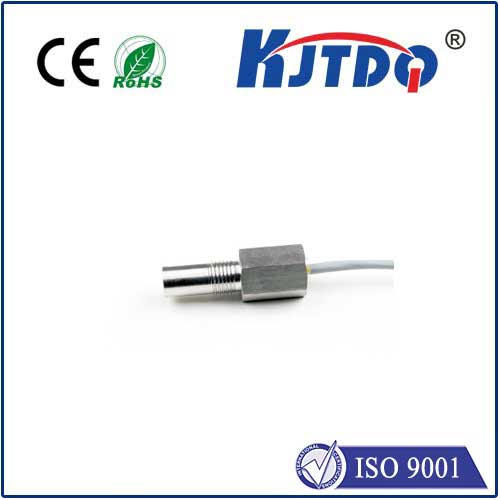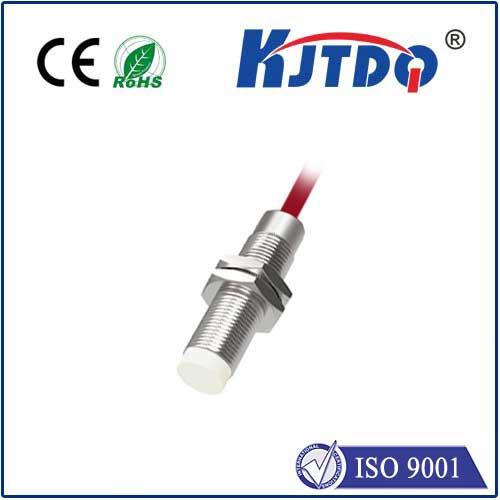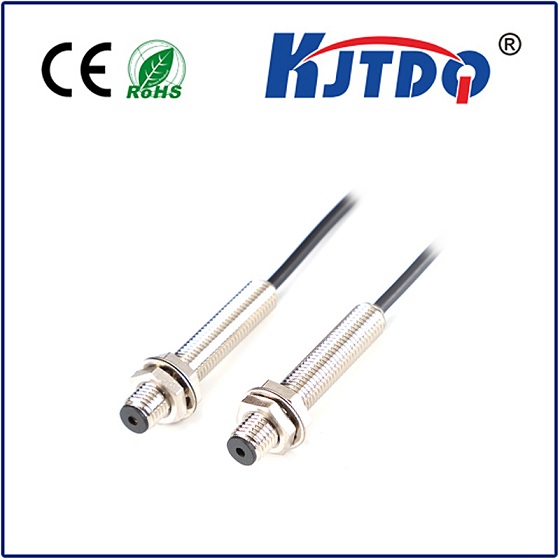
check

check

check

check
Title: Understanding L250F Limit Switch: A Comprehensive Guide
Introduction to L250F Limit Switch
If you are involved in the field of industrial automation, you must have come across limit switches. A limit switch is a mechanical device used to detect the contact between two objects, typically a switch and an actuator. It helps to protect the system from damage caused by overvoltage, overcurrent, and other hazardous conditions. In this article, we will focus on L250F limit switches, a popular type of limit switch that offers high reliability and durability.
Features and Benefits of L250F Limit Switches
The L250F limit switch is designed for use in hazardous areas, such as chemical plants, power generation facilities, and industrial machinery. It features several key benefits that make it stand out from other limit switches available in the market:
1. High-temperature Resistance: The L250F limit switch can withstand high temperatures up to 90°C without melting or degrading its performance. This feature makes it suitable for use in applications where extreme temperatures are common.
2. Easy Installation: The L250F limit switch has a simple design that allows for easy installation and maintenance. It can be mounted directly on the machine frame or attached to a control panel with a screw drive.
3. Long Lifespan: The L250F limit switch is designed for long-term service, with an expected lifespan of more than 10 years in normal operating conditions. This reduces the cost of replacement and downtime due to repairs or failures.
4. Various Actuating Methods: The L250F limit switch comes in different actuating methods, including magnetic, solenoid, and pneumatic actuators. This ensures that there is a suitable option for various applications and operating conditions.
How Does L250F Limit Switch Work?
The basic function of a limit switch is to sense the contact between two objects when they come into contact with each other. When the contacts are closed, the switch sends a signal to the control system, indicating that the machine has reached its desired position or limit. This prevents the machine from moving beyond the safe operating range and protects it from damage.
The L250F limit switch works by using a magnetic or solenoid-actuated mechanism to open or close the contacts when the machine reaches its desired position or limit. The actuator is usually mounted on top of the switch case and is connected to a circuit via wires or cables. When the machine moves away from its desired position or limit, the actuator releases the contacts, which signals the control system to stop the machine.
Applications of L250F Limit Switches
The L250F limit switch is widely used in a variety of industries and applications, including:
1. Industrial Automation: The L250F limit switch is commonly used in industrial automation systems to control machinery such as conveyors, cranes, and packaging machines. It helps to prevent accidents and ensure accurate positioning of the machine.
2. Power Generation: The L250F limit switch is also used in power generation facilities to control turbines and generators. It helps to maintain safe operating conditions and prevent damage to the equipment.
3. Chemical Processing: The L250F limit switch is applicable in chemical processing plants where high temperatures and hazardous chemicals are prevalent. It helps to ensure proper safety measures are in place to protect workers and equipment from harm.
Conclusion
In conclusion, the L250F limit switch is a reliable and durable mechanical device used in industrial automation systems to detect the contact between objects and control machinery accordingly. Its features such as high temperature resistance, easy installation, long lifespan, and various actuating methods make it an essential component in many industries and applications. By understanding how L250F limit switches work and their applications, we can ensure safe and efficient operation of industrial machinery while minimizing the risk of accidents and damage.
